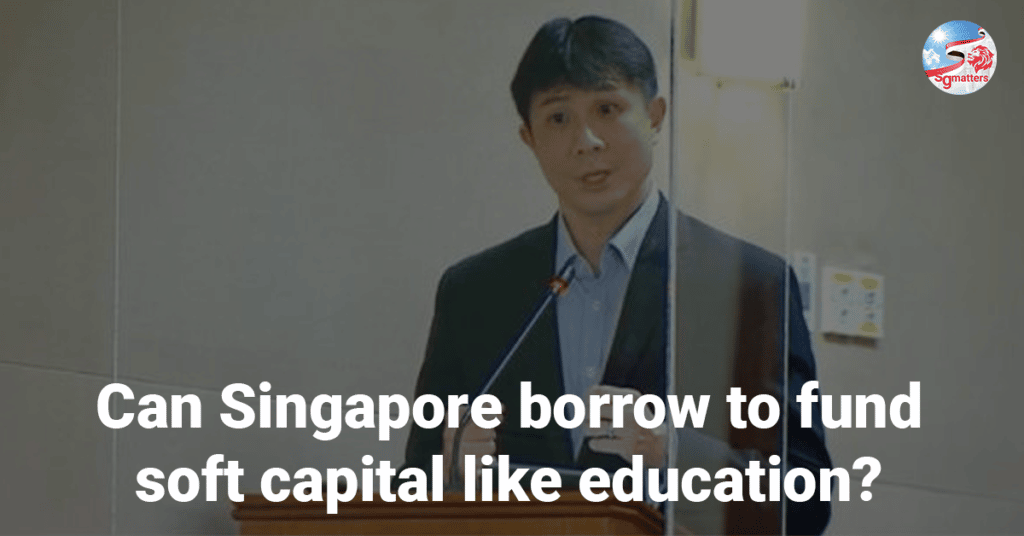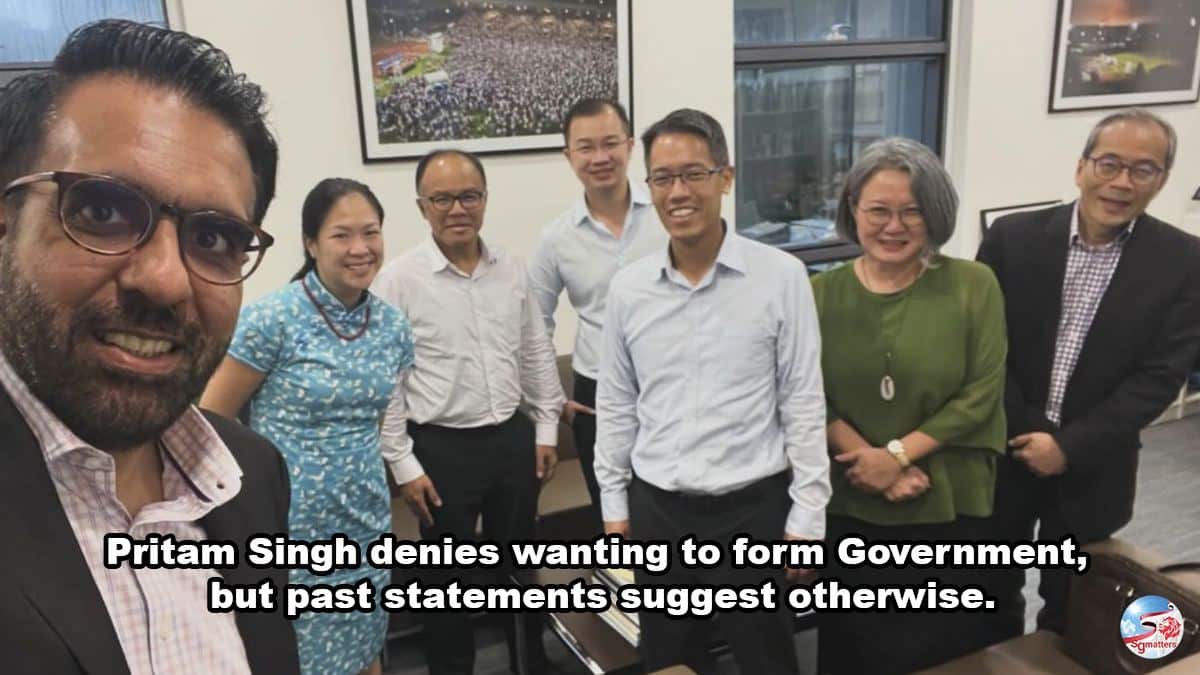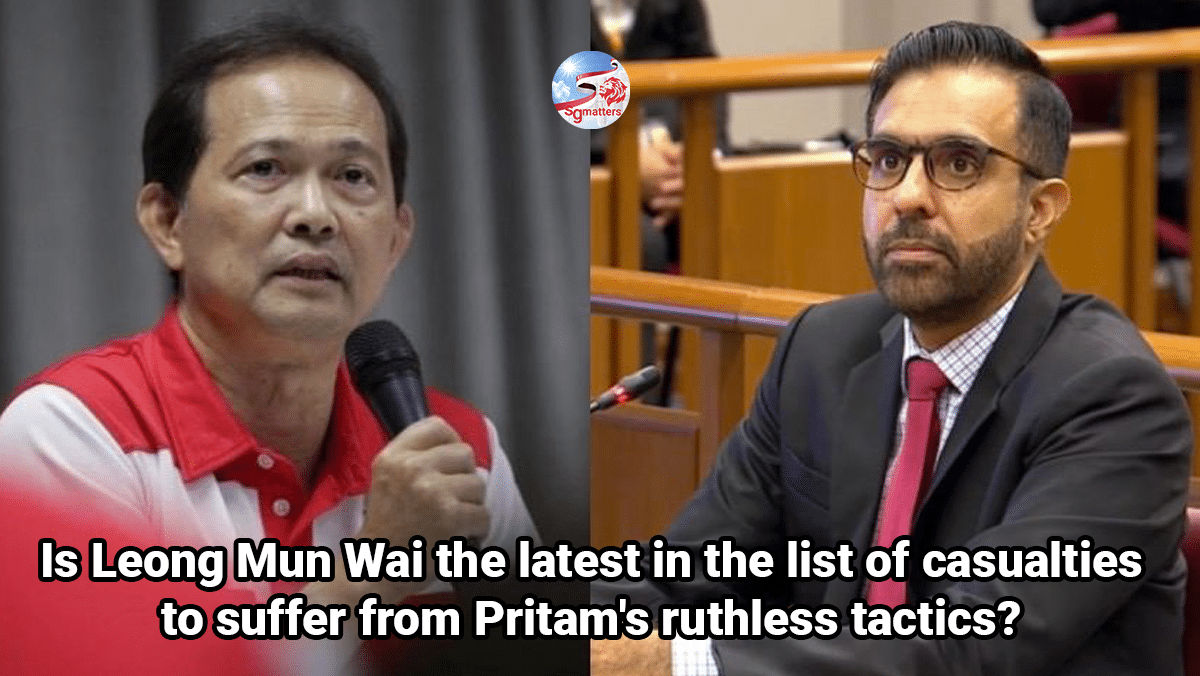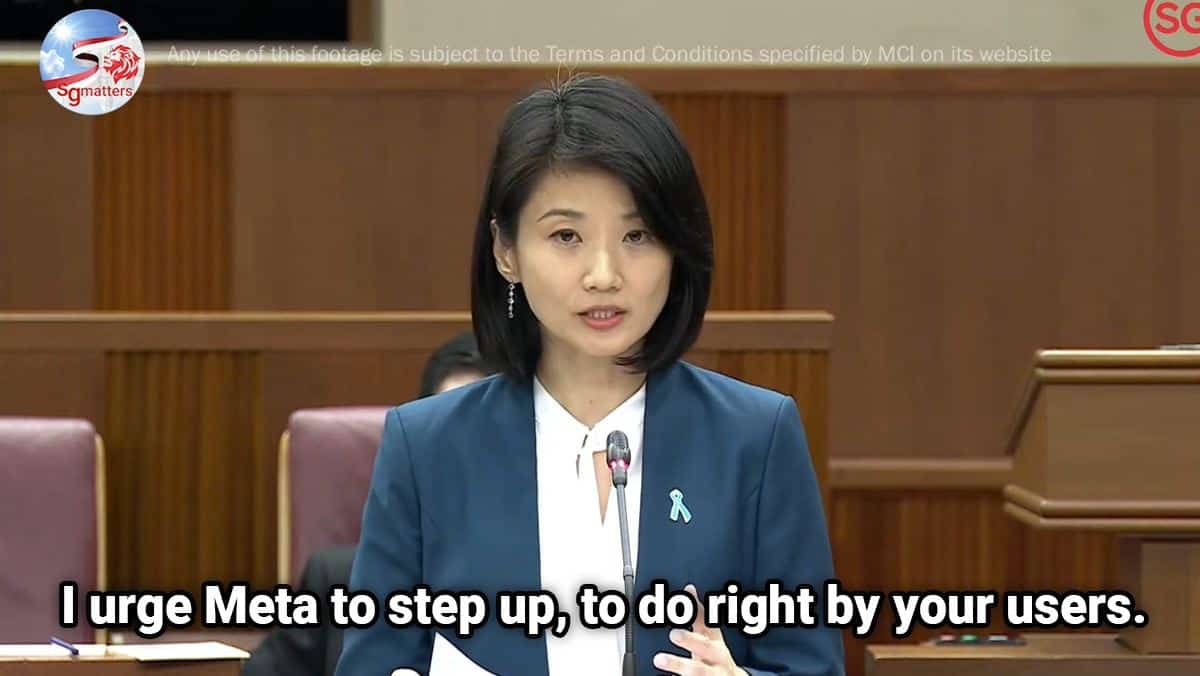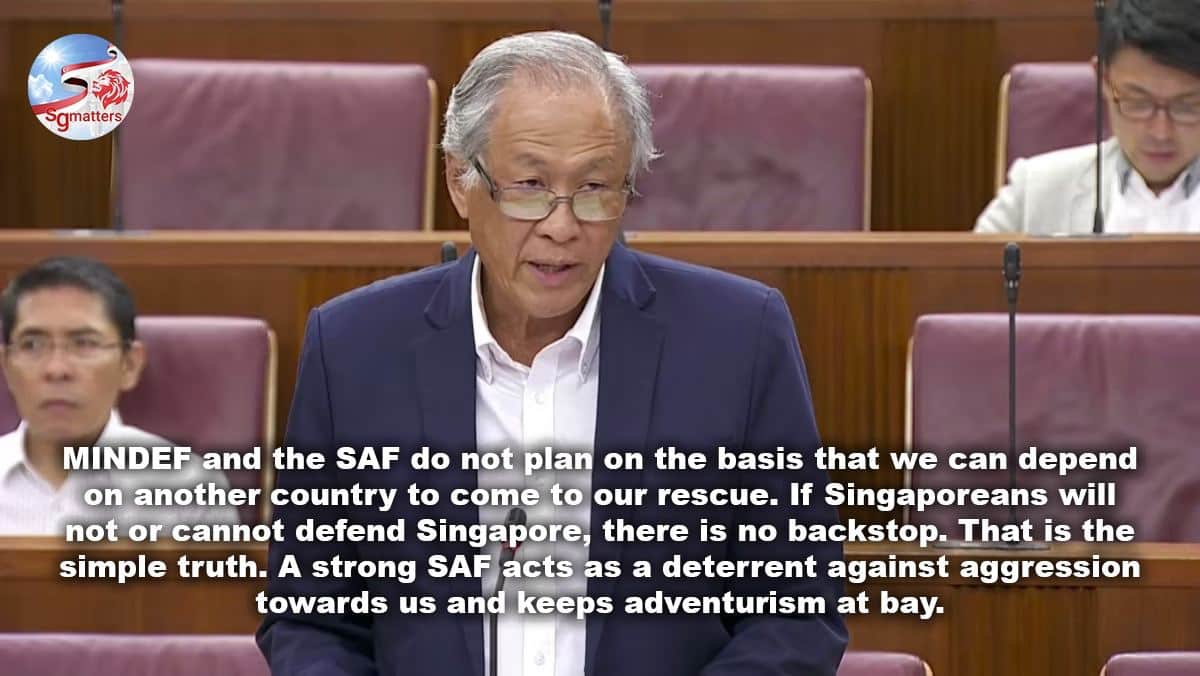Sri Lanka’s financial crisis didn’t happen overnight.
It began harmlessly enough. Sri Lanka operated budget deficit after budget deficit. Instead of taxes, they borrowed at commercial rates to fund public services. Everything was okay as long as they were able to repay the loans and interests on time. But when their sovereign credit rating was downgraded to junk, they could not borrow anymore and began dipping into their reserves. It was all downward spiral after that.
During the debate in Parliament in May 2021, WP Jamus Lim and Louis Chua argued that the notion of infrastructure should be expanded to include “soft infrastructure” like human capital. It should not be limited to physical structures and facilities.
The Workers’ Party (WP) was arguing for borrowing to fund some public services. Specifically, Jamus Lim was arguing for borrowing to fund spending in education.
Prof Jamus Lim said at that time:
“When we say that we want to invest in hard infrastructure but not soft infrastructure, it seems like we’re only willing to offer the terms of favourable interest rates for physical capital and not human capital. That’s like saying that ‘we think it’s equally important to educate both our son and our daughter, but… we’ll finance ah boy’s schooling, ah girl you go work so that you can pay for your school fees’.”
Singapore does not borrow to fund public services. Public services, like education and healthcare, are recurrent expenditure. Recurrent expenditure must be funded by recurrent revenue collected through taxes. Singapore borrows only for large infrastructure – which must meet the minimum price tag of $4 billion to qualify as large infrastructure – that benefits many generations.
‘Soft infrastucture’ is a nice name to coin, It makes for an alluring, populist argument to argue for borrowing instead of collecting taxes to fund public services.
But if clear lines are not drawn in defining ‘infrastructure’, then almost anything from defence, to cybersecurity, health care, education and social spending could be described as “soft infrastructure” spending as these are all about human capital. Where then will we stop at borrowing to fund ‘soft infrastructure’?
As then Finance Minister Heng Swee Keat pointed out at the debate, more than 30% of expenditure each year goes to education and healthcare. If Singapore borrows every year to fund such spending, the debt burden will go up over time. Future generations will end up paying the heavy price.
Sri Lanka provides us with object lessons on the “dos and don’ts” of running a country.
Don’t borrow to fund public services.
Sri Lanka borrowed to fund public services and ended up spending an unprecedented 71.7% of revenue collected in 2020 just to pay interests on loans.
If we adopt WP’s crazy idea to borrow to fund education, we will accumulate debts. The reason is very simple. Education is not a one-time expenditure where you borrow just once, and that’s it. It is a recurring expenditure. It recurs year after year. There is no end to education spending. Adopting WP’s suggestion means no end to borrowing. Borrowing continuously for education will just lead to ever higher debts, which have to be repaid by future generations. Imagine the burden on yourself, your children and children’s children.

